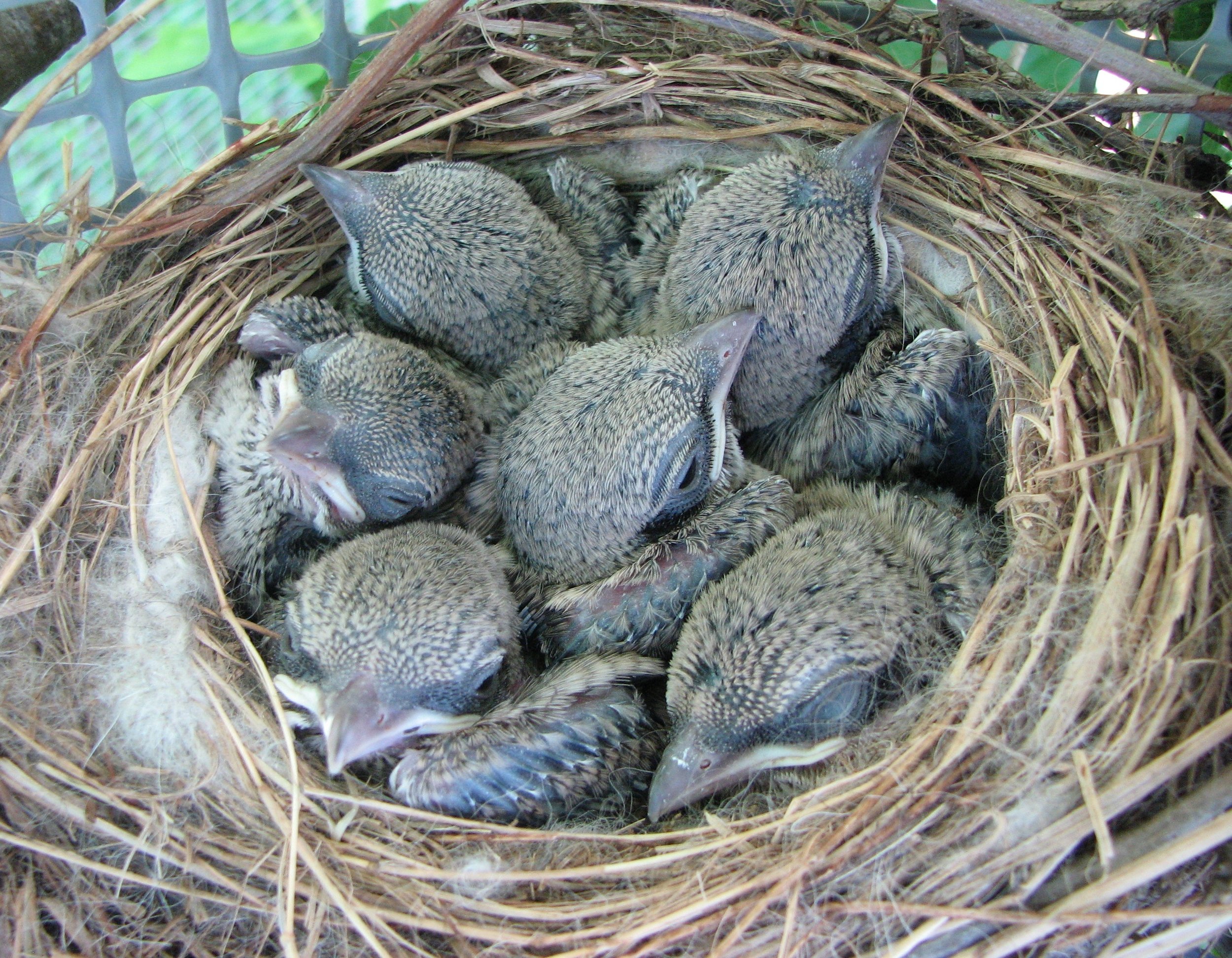Conservation and Management
Habitat Stewardship
Although habitat loss and degradation may not be the only factors driving shrike declines, habitat stewardship will go a long way toward ensuring this iconic species remains in North America, particularly where several landowners in the same area get together to protect habitat, creating “cores” of suitable habitat.
You can help! Learn how to protect and improve shrike habitat.
Conservation Breeding
A conservation breeding and release program was established in Ontario in 1997. It currently produces over 100 young per year for release, to augmenting the province’s wild population. The program is coordinated by Wildlife Preservation Canada, and partners include the African Lion Safari, Mounstberg Raptor Centre, the Nashville Zoo at Grassmere, the Smithsonian Conservation Biology Institute, and the Toronto Zoo.
This conservation breeding effort is an important tool for maintaining Ontario’s wild shrike population — in 2018, 21% of Ontario shrikes observed in the wild originated from the breeding and release program. In addition to buying time to identify and address causes of decline, the program serves as a model for recovery programs for other migratory songbirds in North America.


